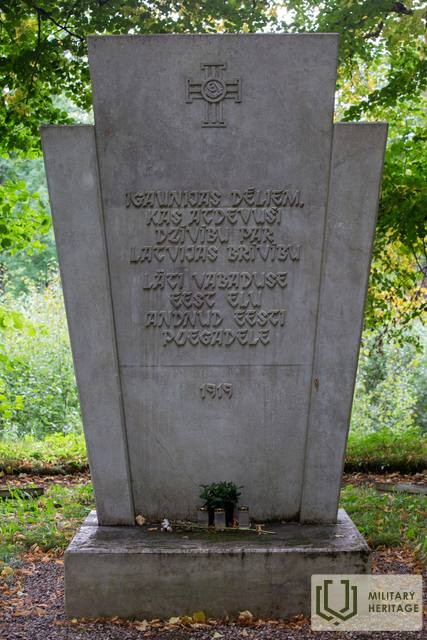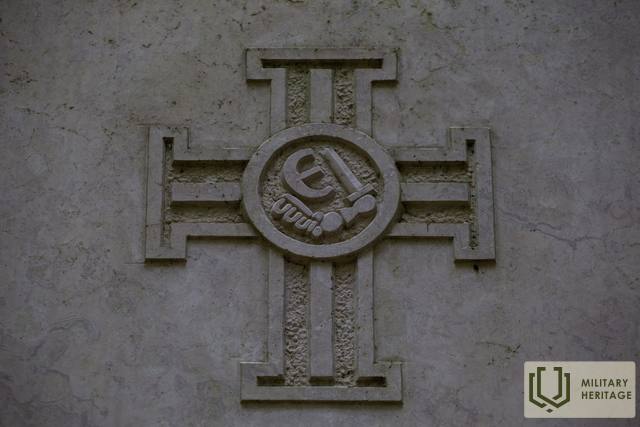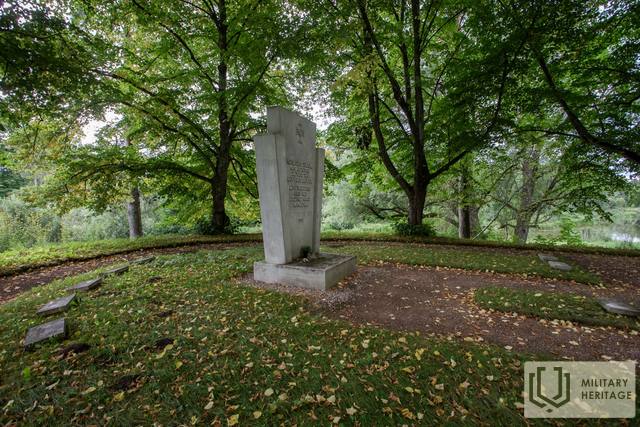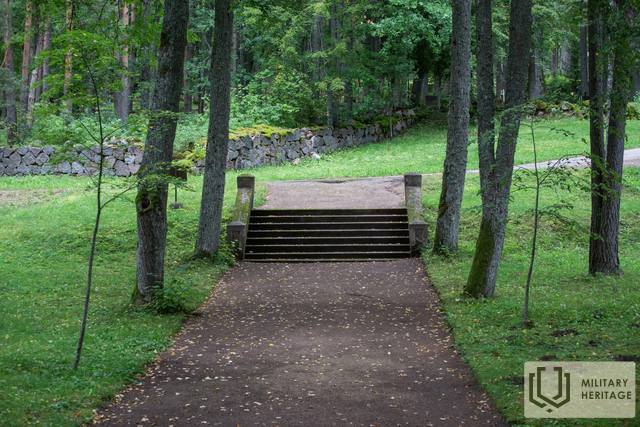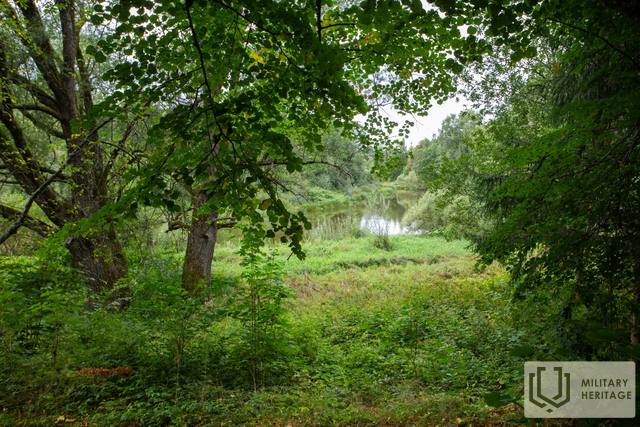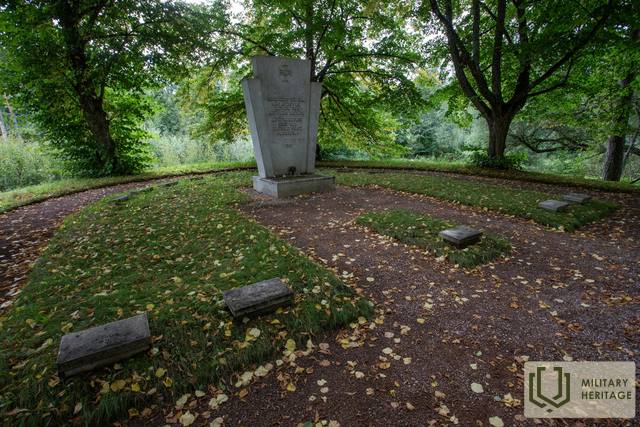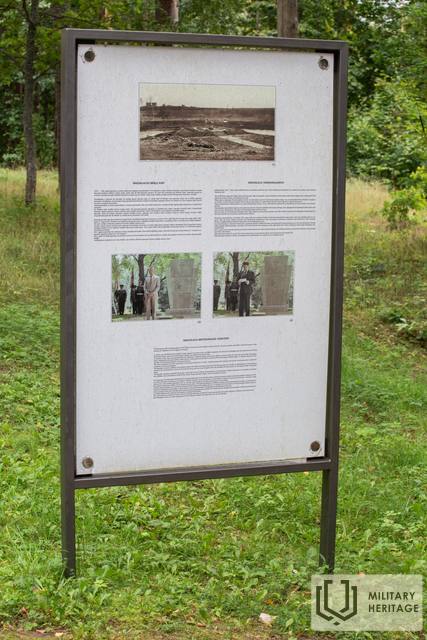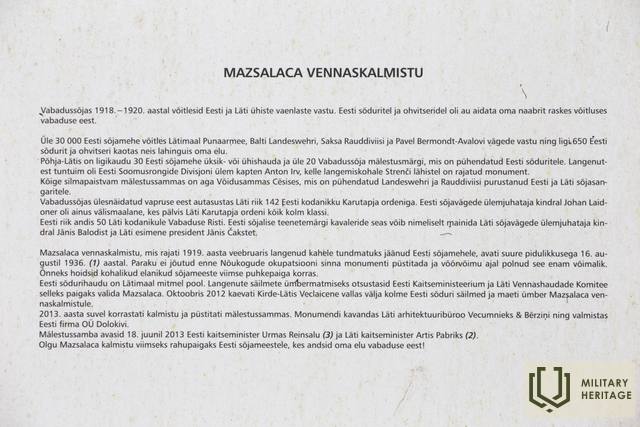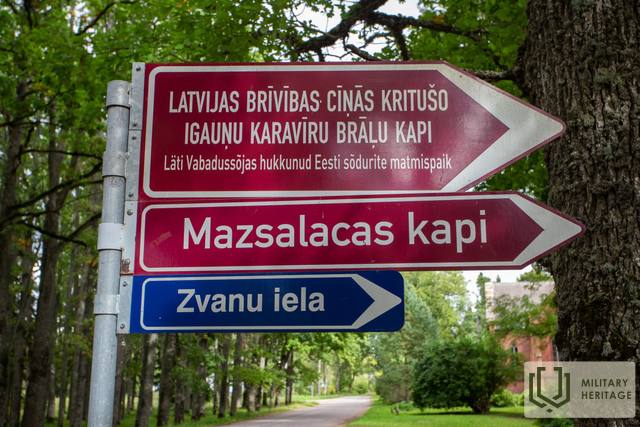Paminklas Estijos kariams, žuvusiems Latvijos Nepriklausomybės kare
Memorialinė vieta
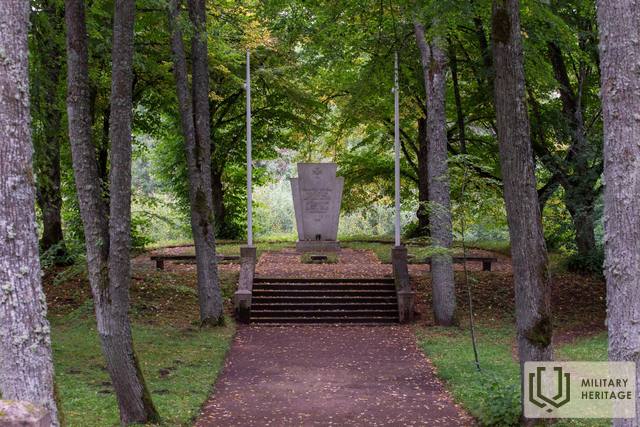

 151
151





Įsikūręs ant Salacos upės kranto, netoli kapinių, Upės gatvėje 3a.
Kapai pirmą kartą buvo pašventinti 1927 m. birželį. 1936 m. pavasarį, vietos gvardijos organizacijos siūlymu, buvo sukurtas kapų kalnelis, kuriame buvo perlaidoti du nežinomi Estijos kareiviai. Kapai buvo pašventinti 1936 m. rugpjūčio 16 d. Tiek vokiečių, tiek sovietų okupacijų metu kapų kalnelis stovėjo apleistas, apsuptas liepų.
Estijos gynybos ministerija, bendradarbiaudama su Latvijos gynybos ministerija ir Masinių kapų komitetu, priėmė Latvijos pusės pasiūlymą visus individualius žuvusių Estijos karių palaidojimus sutelkti Mazsalacėje – vietoje, kur po Nepriklausomybės karo jau buvo įkurtas ansamblis su 2 Estijos karių palaidojimais.
2013 m. birželio 18 d. šiose kapinėse įvyko Brolių kapo paminklo, skirto Estijos kariams, žuvusiems Latvijos išsivadavimo kare, atidengimas. Paminklą iš Saremos dolomito pagal SIA „Arhitektu birojs Vecumnieks & Bērziņi“ projektą pastatė Estijos įmonė „Dolokivi OÜ“. Atidaryme dalyvavo Estijos gynybos ministras Urmas Reinsalu ir Latvijos gynybos ministras Artis Pabriks.
2015 m. lapkričio 11 d. Estijos karių brolijos kapinėse buvo pašventinti 10 naujų perlaidojimų nežinomiems kariams, žuvusiems Laisvės kovose.
Panaudoti šaltiniai ir literatūra:
Lismanis, J. 1915–1920. Mūšių ir žuvusių kareivių atminimui: Pirmojo pasaulinio karo ir Latvijos išsivadavimo kovų memorialinės vietos. Ryga: NIMS, 1999
http://manasvietas.blogspot.com/2020/01/mazsalacas-igaunu-karaviru-bralu-kapi.html
Susijusi laiko juosta
Susijusi istorija
Cėsių mūšio pradžia, eiga ir pabaiga
Pergalė Cėsių mūšyje turėjo tapti lūžio tašku Latvijos ir Estijos kovoje už savo šalies nepriklausomybę. Ši pergalė sustabdė Andrijevo Niedros vyriausybės ir vokiečių generolo Rüdigerio fon der Golco planus užkariauti Pabaltijį. Vietoj to, Liepojoje savo veiklą atnaujino Karlio Ulmanio vadovaujama Laikinoji Latvijos vyriausybė.





